 |
| April 07, 2020 | Volume 16 Issue 13 |
Designfax weekly eMagazine
Archives
Partners
Manufacturing Center
Product Spotlight
Modern Applications News
Metalworking Ideas For
Today's Job Shops
Tooling and Production
Strategies for large
metalworking plants
Ready to do business: Genesis G80
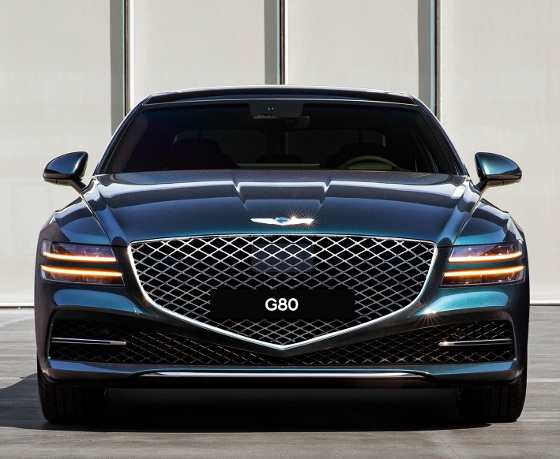
Hyundai's spinoff Genesis brand is showing off how it can impress in the mid-luxury market with the launch of the all-new G80. The third-gen version of the executive sedan is an impressive mix of premium features, performance, and a slick design that rolls refinement and sportiness all into one. With rear-wheel drive and an available 375-hp V6, it's got muscle, a spacious and well-appointed cabin, and attractive good looks that make for a real winner if you dig that Town Car vibe.
The designers' "Athletic Elegance" philosophy is successful here due to a carefully considered balance of opposing characteristics. While other Genesis models lean more toward athleticism or elegance, the G80 aims to find the perfect balance in between.
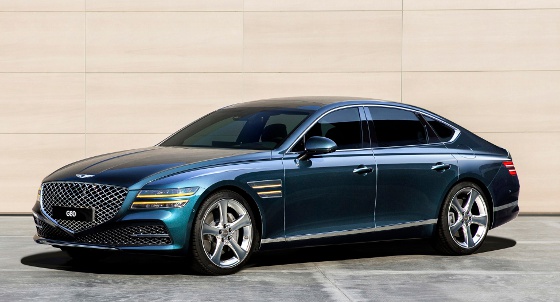
From the front, the G80 looks distinguished, modern, and powerful -- its' ready to do business. Standout features are the Crest Grill and double-lined Quad Lamp signature design elements.
The side of the car is inspired by the elegant look of bygone classic cars counter balanced by what the Genesis designers call "athletic power lines," which emphasize the fender volume and the upfitted 20-in. wheels. In addition, the chrome trim beginning from behind the front wheels stretches out along the bottom of the door, crosses the side sills, and swells upward to the rear, giving a sense of forward visual motion and a lot of gleam to match -- another luxe-sport touch.
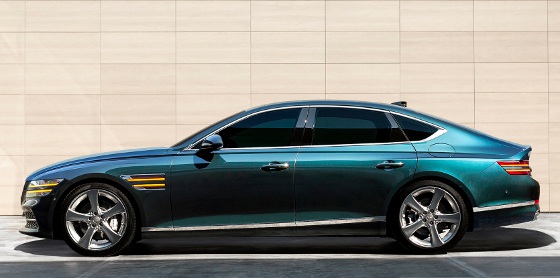
The rear view features a dramatic, tapered look highlighted by a sloping decklid and rear Quad Lamps that visually link to those in front. Chrome decor at the top of the trunk stretches the full width, repeating the theme of the Genesis emblem, while the dual exhaust finishers reference the Crest Grill design.
Inside, the priority is placed on the careful balance of personal space with state-of-the-art technology. Visibility has been enhanced by minimizing A-pillar thickness and rearview mirror dimensions, using flag-type side mirrors, and reducing dashboard height. The resulting "panoramic view" gives the driver a relaxed view of the road ahead and a sense of openness when seated.
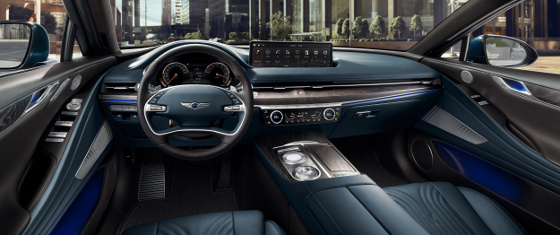
The steering wheel and sleek, thin air vents run across the passenger compartment splitting it into the panoramic area above and the control area below. The number of hard buttons and switches was intentionally kept to a minimum, both for aesthetic purposes and for ease of use.
In the panoramic area, a heads-up display, a 12.3-in. instrument cluster, and a 14.5-in. infotainment system display necessary information while driving. The control area is equipped with an intuitive suite of interfaces: a Genesis integrated controller for HVAC controls, a rotary-operated electronic shift dial, and a touch infotainment system.
The G80's interior space has been further developed. Both headroom and legroom were increased by lowering the seating height of the second row, allowing for both more interior room and a more dramatic roofline. The G80 features leather seating and steering wheel surfaces, soft-touch fabrics and coatings, as well as open-pore wood trim finishes.
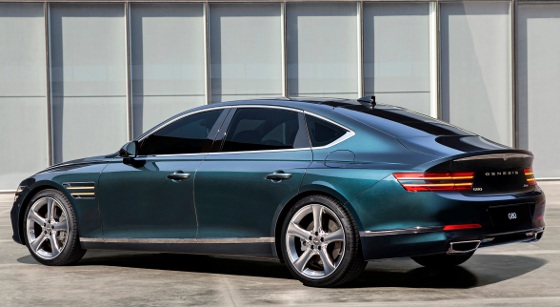
In the car build, the use of lighter-weight materials was a key focus. Aluminum is used for about 19 percent of the body, reducing the weight by 110 kg (243 lb) compared to the previous generation and helping to increase fuel efficiency and performance.
Under the hood, two powerplant options are available in the U.S.: a 2.5-liter turbocharged inline-4 (300 hp @ 5,800 rpm and 311 lb-ft from 1,650 to 4,000 rpm) and a 3.5-liter turbocharged V6 (375 hp @ 5,800 rpm and 391 lb-ft from 1,300 to 4,500 rpm). A diesel 2.2-liter inline-4 is available outside U.S. markets.
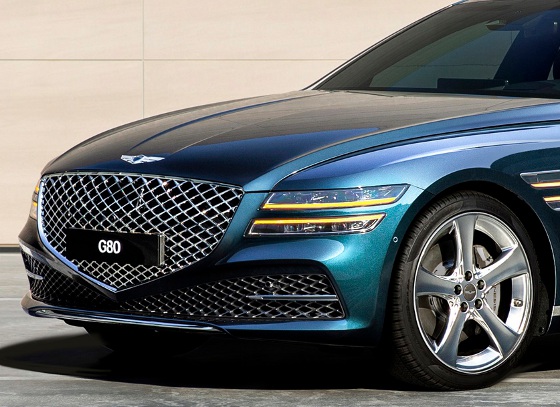
The G80 also features improved door sealing, new engine compartment sound insulation, and resonant sound-reducing wheels to ensure indoor quietness and class-leading low levels of noise (NVH). In addition, the Electronically Controlled Suspension with Road Preview enhances ride quality by reducing road impacts using information supplied through the front camera.
Standard active and passive safety systems are part of a brand-level engineering commitment to passenger security. State-of-the-art, advanced driver-assistance systems (ADAS) include: Highway Driving Assist II (HDA II), world-first Smart Cruise Control with Machine Learning (SCC-ML) that helps the car to learn the driving characteristics of -- and assist -- its driver, Forward Collision-Avoidance Assist (FCA), and Blind-Spot Collision Avoidance Assist (BCA).
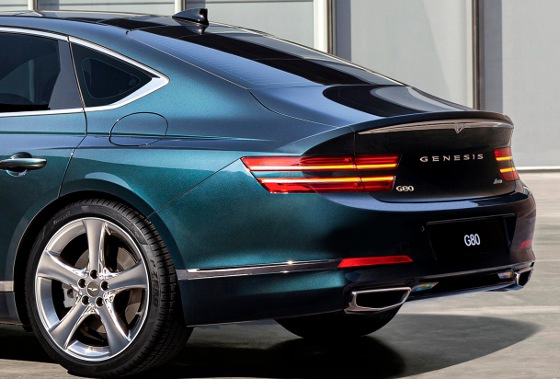
A full complement of 10 air bags includes front and side airbags as well as a center airbag between the front seat occupants that helps prevent secondary contact between occupants in a side impact.
Pricing has not been released, but it should start in the mid-$40,000 range, just above the current models.
Source: Genesis
Published April 2020
Rate this article
View our terms of use and privacy policy
